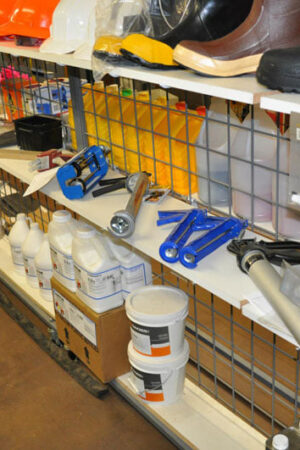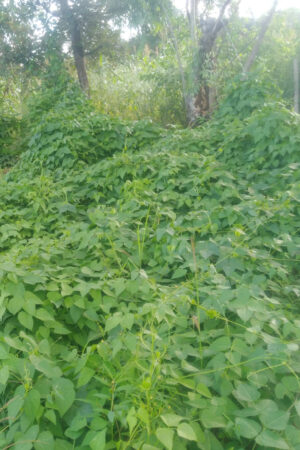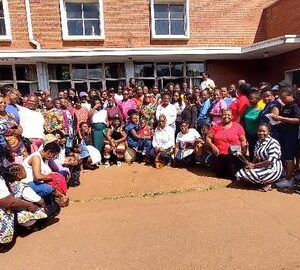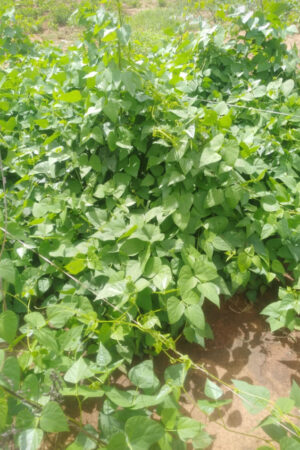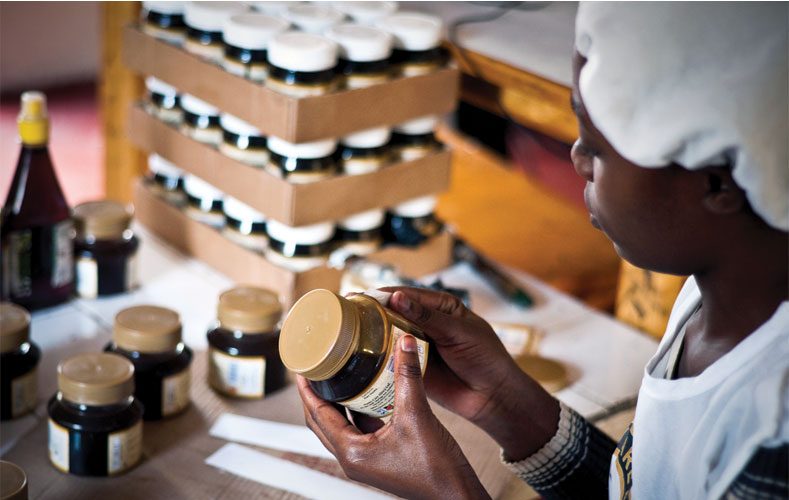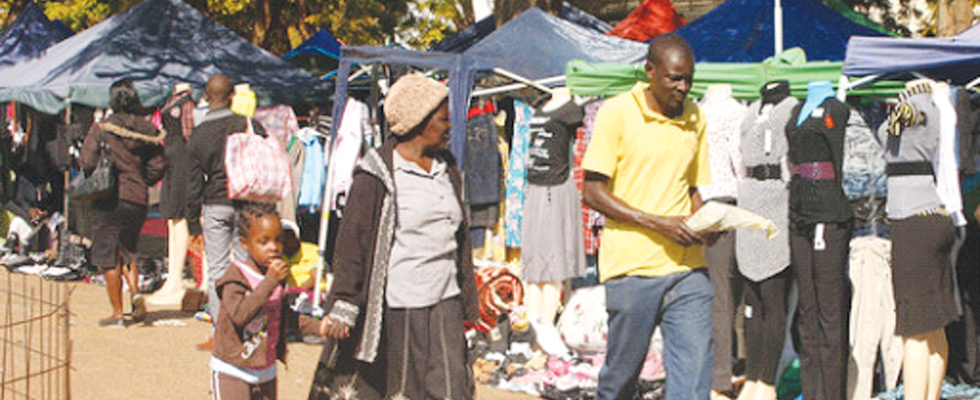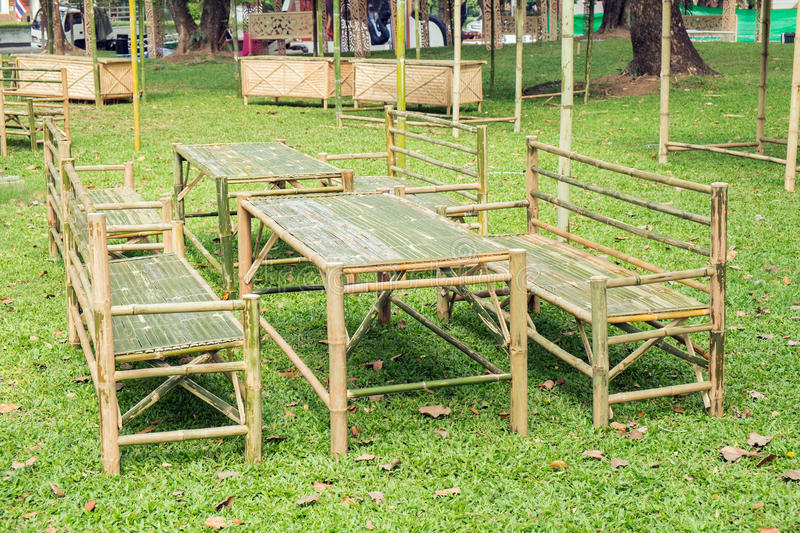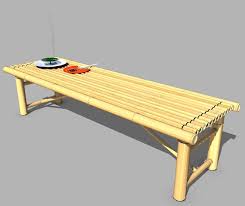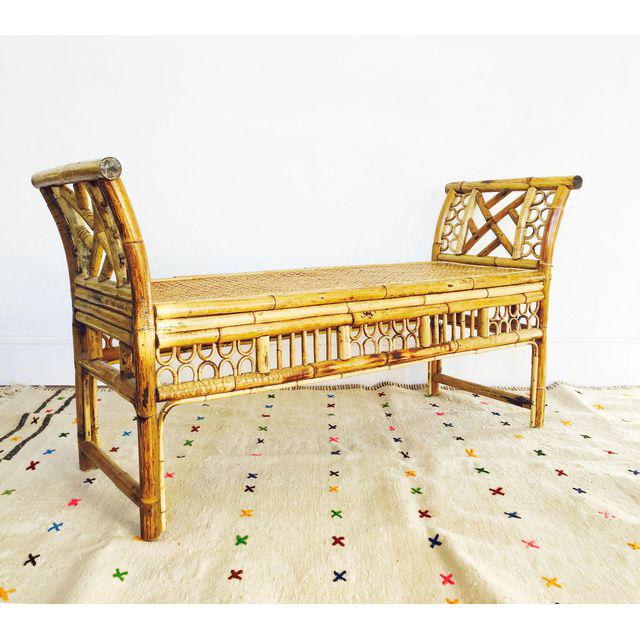We are almost through with our 2018 investment opportunities book compilation. A hands on book that helps entrepreneurs with crucial information on investment opportunities in Southern Africa with a focus on Zimbabwe. We will cover our entrepreneurial journey featuring Lesotho, Swaziland, Malawi, South Africa, Botswana, Mozambique, Namibia, Zambia and Zimbabwe. It is a ‘living book’ which covers some of the top inspiring stories from entrepreneurs from Southern Africa. It covers investment on a macro level, has a section on key trends to follow in 2018 and beyond, it features key skills entrepreneurs need to embrace in 2018 and beyond, an analysis of businesses that have thrived over the past few years helps entrepreneurs to appreciate the operating environment. Key investment opportunities include Agriculture, Mining, Services Sector, Tourism, ICT, Manufacturing, Real Estate, Transport and others. You get interviews from other entrepreneurs and there are sections on Women owned businesses, Youth owned businesses and we have not forgotten opportunities in rural areas.
Important book for entrepreneurs with no capital but interested in starting business ventures, it is crucial for diasporans interested in relocating back and covers practical issues on relocation and interviews fro others who have successfully relocated. The book is not complete without mentioning source of funds, where to get funding, various options for getting funding and interviews with some who have obtained funding. This should be the business book of the year for Southern Africa. The 250 page book will be available for sale on-line next month, so keep checking the website for your own copy.
Below we feature one of the key topics covered in our book-Agriculture and there is a subsection on Growing Potatoes.
Sweet Potatoes are generally an easy crop to farm due to their low capital intensity and applicability on small tracts of land. There are two broad categories of sweet Potatoes which are as follows:
• The staple type with white flesh and white or purple skin has a high starch and dry matter content.
• The desert flesh and orange skin with a high sugar and beta-carotene content.
Commonly three distinct types of sweet potato available for commercial production include.
1) Orange/ copper skin with orange flesh e.g Beauregard, Hernandez,Beerwah Gold, NC-3, LO-323, Centennial, Darby and Jewel. Zimbabwean orange cultivators such as Beauregard have long, cylindrical to heavy elliptic tubers. They have high beta-carotene content and are fairly quick growers. It may become too big with long growing period.
2) White/cream skin with white/cream flesh colour, has a high yield and a good storage life. It can produce good yield in a relatively short growing period (4months) which is important for cold regions. It produces some long, curved sweet potatoes, especially in sandy soils.
3) Red/Purple skin with cream white flesh e.g : Northern Star, Red Abundance, Rojo Blanco.
Kodow is a very attractive and tasty cultivator when cooked also with a pointed oval tuber. Its tips break of very easily. It requires growing periods of 5 months to produce a good yield.
Selection of a variety to grow should be based on market demand. Varieties are assessed on a number of parameters, including root shape and uniformity, marketable yield, skin and flesh attractiveness and plant vigour.
Climatic requirements:
Temperature
Because sweet potatoes are of a tropical origin, they adapt well to warm climates and grow best during summer. Sweet potatoes are cold sensitive and should not be planted until a danger of frost is past. The optimum temperature to achieve the best growth of sweet potatoes is between 21 and 29 degrees, although they can tolerate low temperatures as low as 18 degree Celsius and as high as 3 degrees Celsius. Storage roots are sensitive to changes in soil temperatures, depending on the stage of root development.
Soil Requirements
Site selection and soil
A well-drained sandy loam is preferred and heavy clay soils should be avoided as they can retard root development, resulting in growth cracks and poor root shape. Lighter soils are more easily washed from the roots at harvest time. Wet season green manure crop with sterile forage sorghum is recommended and should be thoroughly incorporated and decomposed by planting time. Soil pH should be adjusted to about 6,0 by applying lime or dolomite. Rates of 240kg and 400 kg/ha respectively will raise the pH by 0.1 of a unit. The soil should be deep ripped and then disk cultivate to break up any large clods and provide loose soil for hilling of beds. A yearly soil test is recommended to assess soil properties, pH and nutrients levels before ground preparation.
Propagation
Sweet Potatoes are propagated from sprouts or from slips (vine cuttings); sprouts are preferred. Sprouts are grown from plant stock selected for its appearance, freedom from disease and off-types. Approximately 75kg of planting stock sweet potatoes are needed to produce enough sprouts to plant one hectare.
Cutting collection
Tip cuttings of about 30 to 40 cm long with approximately eight nodes are collected from the nursery bed, or the last established planting. Tip cutting should be taken from crops that are old enough to provide material without excessive damage. Avoid “back cuts” as these will have variable maturity and result in significant yield reduction. The lower leaves should be cut away as tearing these off may damage the nodes that will produce the roots. Cuttings can be left under a moist cloth in the shade for a couple of days to promote nodal rooting before planting in the field. At the recommended plant spacing, 330 cuttings are required for a 100m row.
Seedbed production of cuttings
This involves the propagation of cuttings from harvested roots which are placed together in a seedbed. This is an alternative method of producing plant material which requires less labour but does sacrifice a percentage of marketable roots.
Planting cuttings
Cuttings should be planted at an about 45 degrees angle into heaps as this promotes good, even root development. Half of the cutting or three to four nodes should be buried at a spacing of 30cm between plants. Mechanical planters are available and used on a large scale planting but manual planting is widely practiced. This can be as easy as pushing the cutting into the heap with a forked stick. The labour requirement for hand planting is estimated a 32h/ha. Cuttings need to be watered at or immediately after planting. Plantings should be scheduled to allow for progressive fortnightly harvest over the desired production period.
Sprout Production
Sprouts are produced from the conditioned roots in cold frames, heated beds, or field beds of clean sand or fumigated sandy soils. Conditioned roots are covered by more soil sand, though not too much. Four o five weeks are needed to develop strong plants if the soil in the plant has been kept at 23 to 26 degree Celsius. Six to eight weeks may be needed if roots have not been “pre conditioned” Adequate moisture is especially critical to germination of the sprouts and proper root formation on the sprouts.
Panting the sprouts
Sprouts should be taken from the plant beds when 6 to 10 leaves and a strong root system have developed on each one. They are set out into the field as early as possible when the soil has warmed and the risk of frost or a cold weather period has passed. Plants should be spaced 30-38 cm apart in rows that are 1m apart. This requires approximately 14 520 plants per hectare. Management of water is critical to avoid transplant shock.
Soil Preparation
Bed Formation
Sweet potato is grown on raised beds or mounds. This provides the developing roots with loose, friable soil to expand to their potential size and shape without restriction. It allows adequate drainage and provides easy harvesting with a mechanical digger. Mounds should be approximately 30 cm high and 40 cm wide at the base. The main consideration is that developing roots remain under the soil within the heaps. If using a mechanical digger at harvest time it is important to match width of the mound with the width of the digger mouth. Spacing the mounds at 1.5 to 2.0m apart (depending on the tractor width) with a roadway every six rows allows access for boom spray. Mounds are formed using hilling disks, and the base fertiliser can be incorporated during this operation.
Planting period
Planting time is mainly determined by the climate of a location. Sweet potato plants are damaged by light frost and the plants require high temperatures for a period of 4-5 months to yield well. In areas with mild frost, mid-November to mid-December is the best time to plant, and usually the crops get ready for harvest from April to May. Mid November to be the beginning of December is recommended areas with heavy frost and with, harvesting taking place from April to May. It’s common to plant from January to March in frost free areas so that the growing season extends through winter. Cold spells during winter can be a risk depending on the climate of the specific area. In very hot areas, planting should be avoided from November to middle of February as storage root formation is reduced by high temperatures.
Spacing
Optimum plant density on cultivar, but is usually around 40 000 plants per hectare. Rows may vary from 1 to 1.25m apart, in row spacing is usually 25 to 30 cm.
Seeding rate
The number of cuttings required to plant 1ha varies between 30000 and 60000, depending on the specific spacing used.
Fertilisation
The recommended fertiliser rate for sweet potato is based on the crop removal figures. Research (Nutrition monitoring trial, 1992) has shown that this recommendation will produce high yields when used in conjunction with yearly soil nutrient testing and petiole sap nutrient monitoring. Estimated crop removal in KG per ha is:
• 100 kg Nitrogen (N)
• 90 kg Phosphorus (P)
• 200 Kg Potassium (K)
• 200kg Calcium (Ca)
All the phosphorous may be applied in the basal along with 50kg of N and 50kg of K. The remaining 50kg N and 150kg K should be devided into two side dressing at 4 to 6 weeks and at at 10 to twelve weeks from planting. Some calcium will be supplied by the lime or dolomite used to adjust the soil pH and any additional calcium will be supplied by the lime or dolomite used to adjust the soil pH, and any additional calcium may be applied in the basal gypsum. Petiole sap nutrient monitoring is advisable so that the desired nutrient levels for different growth phases can be checked. Any trace elements deficiency would be detected by regular petiole testing, but generally two foliar applications around the time of side dressing should maintain adequate levels. Sprays should include zinc, copper, manganese, iron and boron. A comprehensive 5:15:12 compound fertiliser can cater for the nutrient requirements.
Markets
Export: According to Zimtrade there is huge potential for exports to Europe. Demand for sweet potatoes increased by 177% from 2012 to 2016 with figures increasing from $107m to $297 m in the European region. With Zimbabwe set to improve economic ties with Europe, this is a great investment opportunity we need to consider for 2018 and beyond. Other countries in Southern Africa should consider exporting opportunities too. According to trademap, Zimbabwe has not exported any sweet potatoes since 2012. The demand for sweet potatoes is largely driven by their medicinal values and to a lesser extent as food.
Local markets:
According to FAO, 64,127 tonnes of sweet potatoes were produced in 2016 and they are valued at $2million. Sweet potatoes are becoming an important part of diets for rural and urban households. In
urban areas, it is estimated that between 1-7 kg of sweet potatoes are consumed per capita while rural households consume between 3-5 kg of sweet potatoes per capita (Zimbabwe National Vulnerability Assessment Committee,2004). About 11% of sweet potatoes produced in rural areas are consumed in urban areas of the country,thus contributing to household nutrition.The increased demand for sweet potatoes in the country is mainly attributed to the high cost of processed starch foods, such as bread and other confectionery products.
![]()


